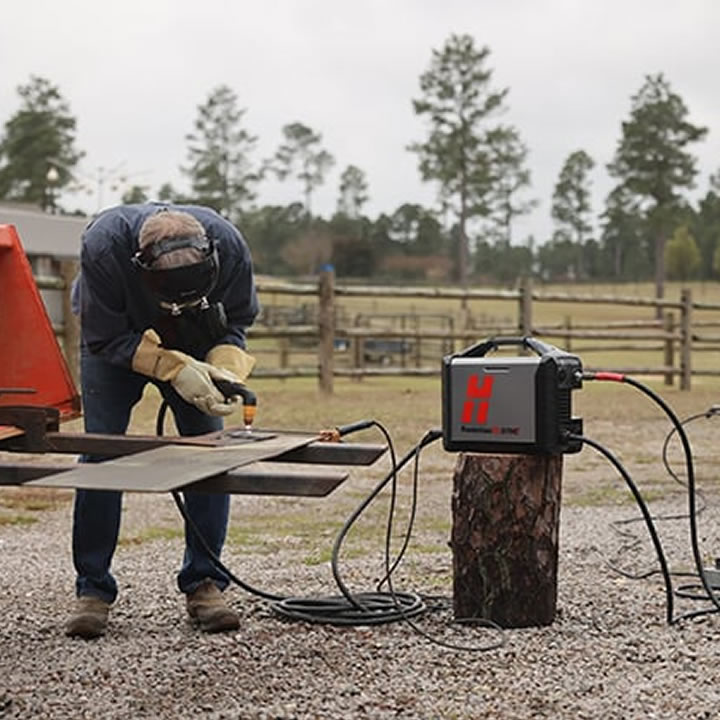Custom metal fabrication wouldn’t be possible without plasma cutting. This technique offers speed and precision while allowing for versatility. Many industry insiders consider it necessary for high-quality metal fabrication.
They say it is cost-efficient when handling large metal sheets because it can achieve the exact specification in half the time.
The Basics of Plasma Cutting
The Hypertherm 45 plasma cutter produces fast results without sacrificing attention to detail. It sends an electrical arc through gas before passing through a constricted opening. Thanks to its high temperatures, the gas becomes a plasma jet that can melt metal, allowing for precision.
This process can be used with many metals, including carbon and stainless steel. Intricate cuts are possible, even at high speeds, so companies can produce more in less time. Today, plasma-cutting services benefit from CNC technology, allowing for more precision and highly detailed cuts.
Projects can increase in complexity when this technology is available, and customers will surely appreciate this.
Benefits of Plasma Cutting
Plasma cutting minimizes turnaround time. Custom metal fabrication jobs can be completed quickly, which customers love, and large-scale projects can be finished rapidly. Customer satisfaction improves when this is the case.
The tool cuts different metals of varying thicknesses and shapes with precision. It can achieve precise dimensions, often with the help of technology. Customers appreciate this level of customization.
Manufacturers appreciate it, as well, because they can scale operations based on demand. They no longer need to make items and hope they sell. Items are made on-demand, limiting the need for inventory storage space. It saves the company money while minimizing waste.
Plasma cutting can be used with conductive materials and handles materials up to 150mm thick. This tool can cut in water while reducing noise levels and offering a smaller cutting width. By adjusting the parameters, many machines can also be used for plasma welding.
Plasma Cutting Challenges
Plasma cutting isn’t perfect. Metal thickness plays a role in the precision of this metal fabrication process. Manufacturers must adjust machinery to accommodate different thicknesses. When this variable changes, the machine must be adjusted to ensure accuracy.
Quality is another issue. Manufacturers must prioritize quality control to detect problems early and make adjustments to overcome these issues. Trained and skilled technicians are needed to uncover these problems and make the necessary corrections to ensure precision and quality.
What the Future Holds
Many people want to know what the future holds for plasma cutting.
Experts say the future is bright as the industry continues to advance with technology. Artificial intelligence and machine learning will play a significant role in plasma cutting in the future and may lead to increased efficiency and precision.
Furthermore, many companies are working to reduce their carbon footprints. They are moving to eco-friendly consumption. Custom metal fabrication techniques are complex, so moving toward technology will only benefit the industry.
Plasma cutting is invaluable for the metal fabrication industry.
It is a force today because it continues to improve as improvements are made in other areas. Without this process, high-quality precision cuts would be challenging, and manufacturers would find cutting large metal sheets pricey.
With the help of plasma cutting, they can cut these sheets quickly and precisely and save money. They can produce more in less time, which is always good for their bottom lines.

